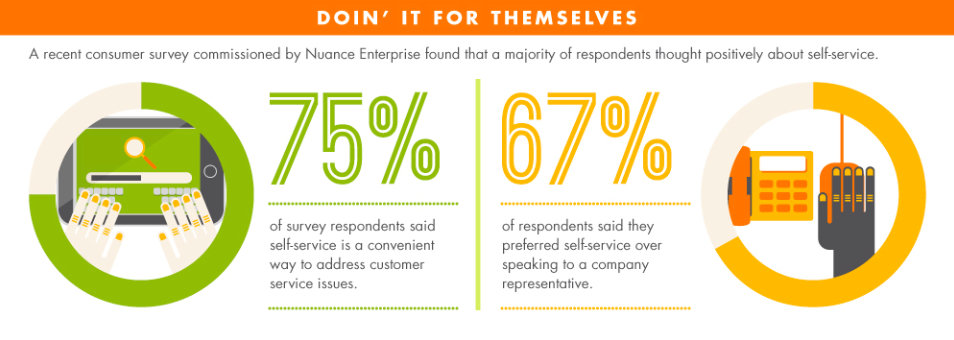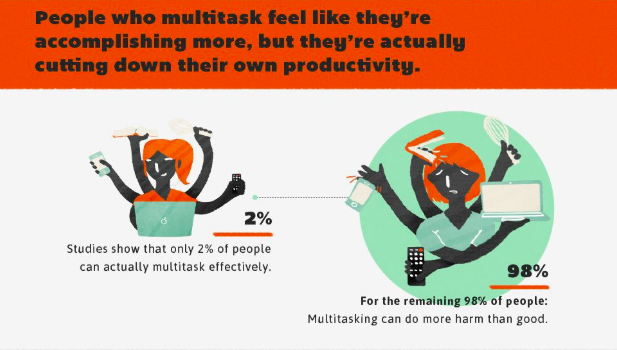Stay updated!
The best customer experience content delivered right to your inbox.
10 Common Customer Interactions and How to Handle Them
by UJET Team |
Customers reach out to your company for a number of different reasons. When your team can quickly evaluate the type of customer interaction they’re having and are trained in company best practices to handle them effectively, it sets your team up to provide a better customer experience.
Understanding these different types of interactions gives your team the ability to adjust messaging, conversational style and tone based on the situation, which can help boost loyalty and retention as well.
We’ve put together a list of the 10 most common customer interactions—and some tips for how your team can handle them—to help get you started.
1. A potential customer reaches out for information
Even when you have a sales team available, potential customers will reach out to your customer service agents with questions. These customers are in the awareness or consideration stage of the customer journey and are looking for answers.

For these customer interactions, your team needs to work together with sales to understand how to speak about your company’s value to prospective customers. They should be well-versed in the key differentiators that set your company apart from the competition and have some basic sales training.
The goal of this interaction is to educate the customer while also moving them closer to making a purchase.
2. A new customer calls in with lots of questions
New customers will need a lot of help to get started. This is an opportunity to help customers learn how to use your product and set them up for success. There’s a lot of potential in these new relationships—poor onboarding can lead to a higher churn rate as well as negative reviews.
-7.png)
Three leading causes of churn via Retently.
This is your team’s opportunity to start building a relationship with the customer and solidify a place as a trusted and knowledgeable point of contact. It’s important that agents understand the product inside and out, so they can teach the customer how to use it and establish best practices for how to be successful.
The goal of this interaction is to strengthen the new relationship and ensure the customer knows the best way to move forward.
3. Educating the customer who just wants you to stay on the line
There are customers who will reach out whenever they’re trying something new. They’re either not comfortable enough with the product to feel safe making a change or don’t have confidence in their actions. It’s the agent’s job to help them accomplish their goal while also boosting their comfort level with the product.
-6.png)
These types of customer interactions require empathy. Your team should focus on empowering the customer to feel comfortable with their actions and encourage them to learn more. It’s important to give the customer the tools they need to resolve issues on their own.
The goal is to not only to help the customer accomplish their goal, but empower them to feel confident in their ability to do it again in the future.
4. A customer who’s just looking for documentation
This customer is on the other side of the spectrum—they just want to know where to find answers on their own. Just give these customers quick access to the best information possible and they’re happy to move forward at their own pace.

Knowledge Base preference stats via Zendesk.
67% of customers say they prefer this kind of service. When your team interacts with these customers, the focus should be on providing the fastest path to this information while also ensuring that it is available. Self-service documentation is a great tool, but can’t always provide the exact answers to a customer’s question.
The goal of this interaction is efficiency. Make sure the customer has the right information on hand and they’ll be happy.
5. An urgent issue that the customer needs done right now
When customers purchase a product, they expect it to integrate seamlessly into existing workflows. When that doesn’t happen, or the customer needs to spend the bulk of their time handling other issues, that increases the urgency behind their contact.
-4.png)
These customers are sometimes difficult to help. Your team will not only need knowledge of every aspect of your product, but be comfortable directing the customer. This interaction is best-suited for a phone call if possible, as that channel is best for urgent and complex issues.
The goal of this interaction is to quickly solve the customer’s issue in the right channel without causing frustration.
6. Fighting against distractions with a multitasking customer
Alongside the need to “get things done” as quickly as possible, your customers are likely being pulled in a number of different directions every day. They may only have a chance to reach out while working on something else, and your team needs to understand how to focus their attention as well as solve the issue.

Multitasking stats via Mashable.
It’s important for your agents to drive the conversation during these customer interactions. They’ll need to understand how to pull the customer back to the task to ensure there aren’t any mistakes.
The goal of this interaction is to ensure that the customer stays focused on bringing the interaction to a full resolution.
7. An emotional call from a frustrated customer
Sometimes customers will reach out just to air their frustration, so your team is likely to encounter angry or upset customers from time to time. While it may not be directly related to your product or service, customer support agents will need to understand how to alleviate this frustration.
-3.png)
For these types of interactions, your team needs to understand how to receive feedback without reacting negatively to the emotions of the customer. It’s their job to hear the customer’s concerns and try to provide a solution that will resolve the issue.
The goal for this interaction should be to alleviate frustration first, then solve the problem.
8. Helping a confused customer find the right path forward
Customers have to learn a lot about your product to be successful with it, and there is opportunity for confusion along the way. When a customer is confused, they’re likely to ask a lot of questions or the same question in a lot of different ways until they become comfortable with the product.
-3.png)
When a customer runs into something they don’t understand, your team needs to show them the right way forward. Finding a solution is the objective, but agents also need to explain why a particular solution is the best option. When customers understand the “why” as well as the “how,” they’ll have a better overall experience.
The goal of this interaction is to alleviate confusion and solve the issue by explaining how and why in great detail.
9. A customer who reaches out just to chat
Your customer service team should be tracking call duration, along with other metrics, to ensure the best experience in your contact center. To keep call times down, your team needs to understand how to drive a conversation. Chatty customers are a good sign of strong relationships but can hurt this metric over time.
-1.png)
Average handling time via Call Centre Helper.
While it’s great to have customers who feel comfortable chatting with your team, they can drive up wait times and handle times, which will negatively affect other customers. Your team should be friendly, engage with the customer and help them zero in on a specific issue as quickly as possible.
The goal of this interaction is to find a solution without coming off as curt or disinterested.
10. Providing personalized service to a loyal customer
Established customers are more likely to turn into brand advocates over time. Fostering these relationships gives them a sense that your company is as engaged with their success as they are. Personalized experiences go a long way to helping your company build stronger connections with the customer.
-1.png)
Personalization stats via Evergage.
It’s important that your team has the best and most up-to-date customer data in hand to personalize these interactions. That will help them provide an experience that matches up to the customer’s skill level, past contact history, and preferred support channel.
The goal of this interaction is to delight the customer and build brand advocacy.
Every customer interaction helps your team build a stronger relationship
When your team can predict the different types of customer interactions they’re likely to run into from day to day, it’s easier for them to provide an exceptional customer experience. That helps them provide better support and build stronger relationships.
While this is by no means a full account of different customer interactions, it will give your team a jumping-off point for how to talk about best practices in handling different situations. When your team understands how to provide the best possible experience for any interaction, they’ll be setting both the company and the customer up for success.
The best customer experience content delivered right to your inbox.